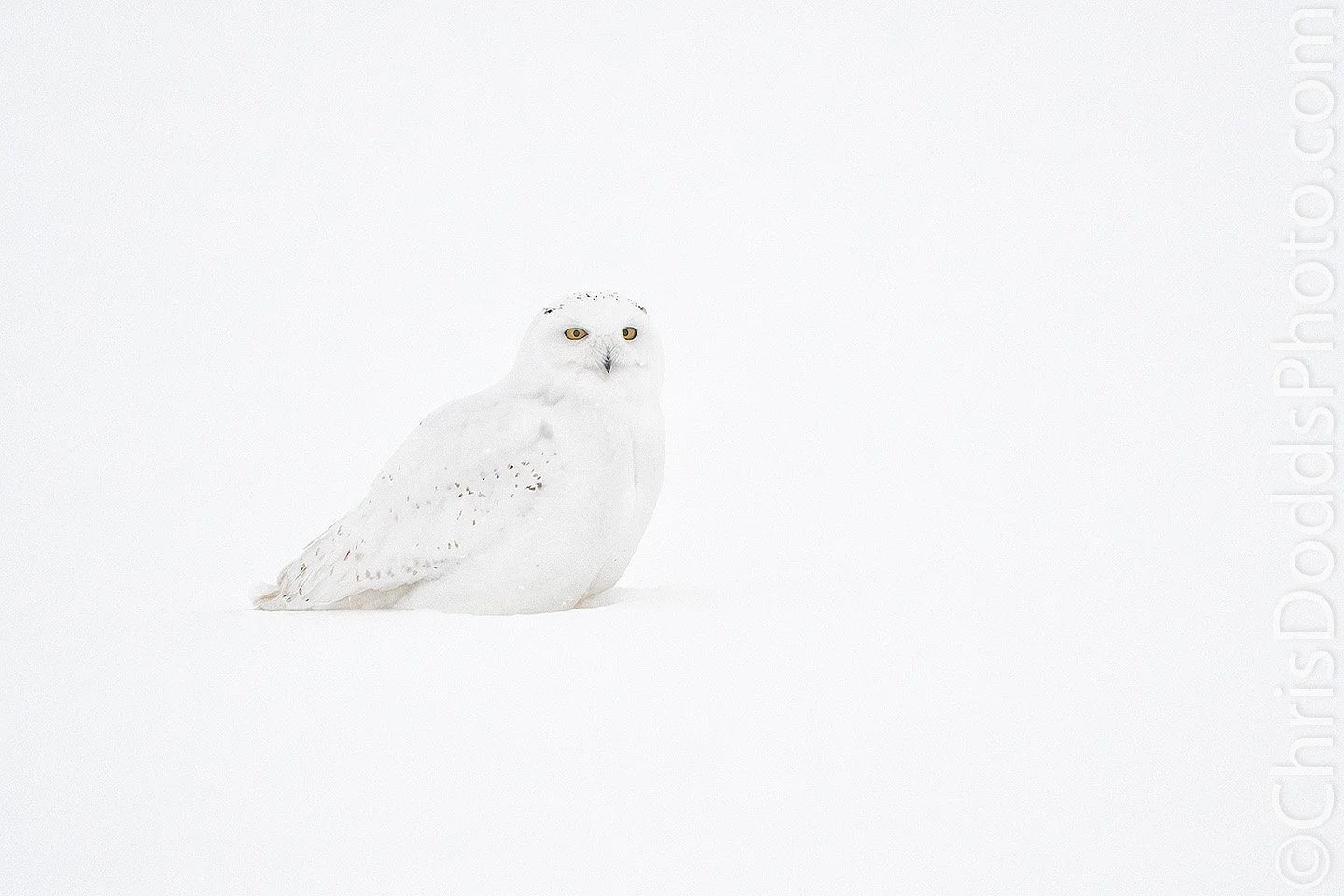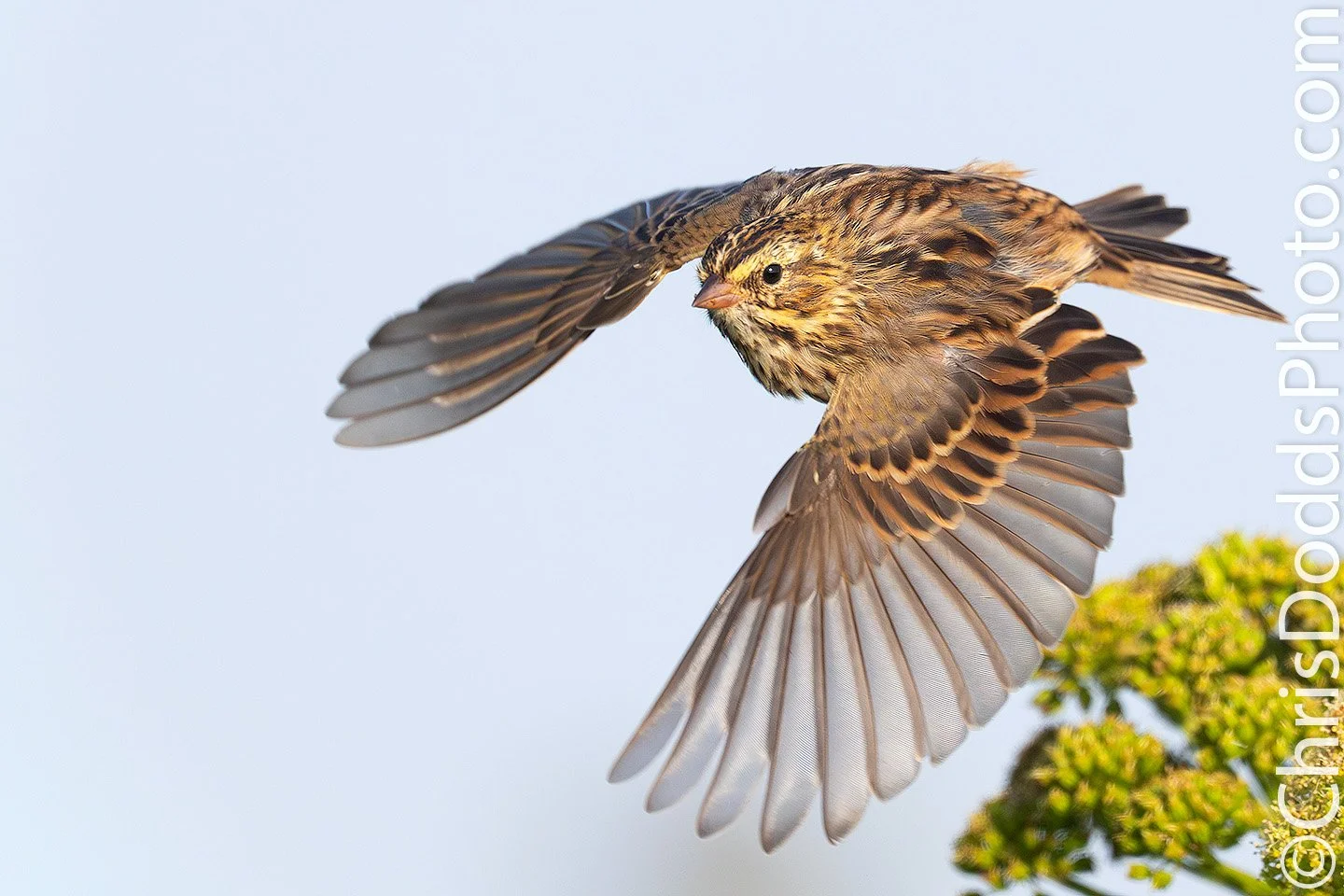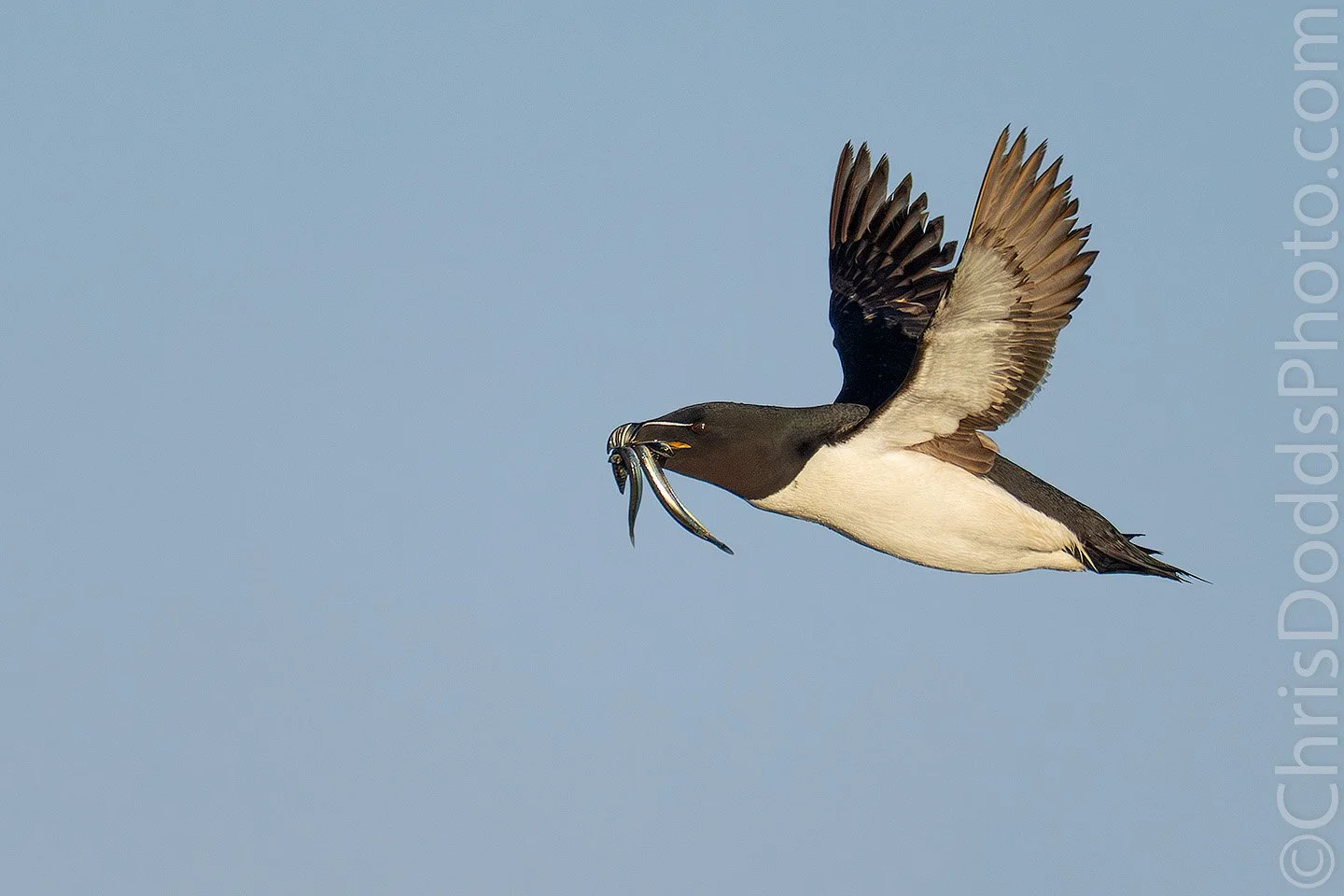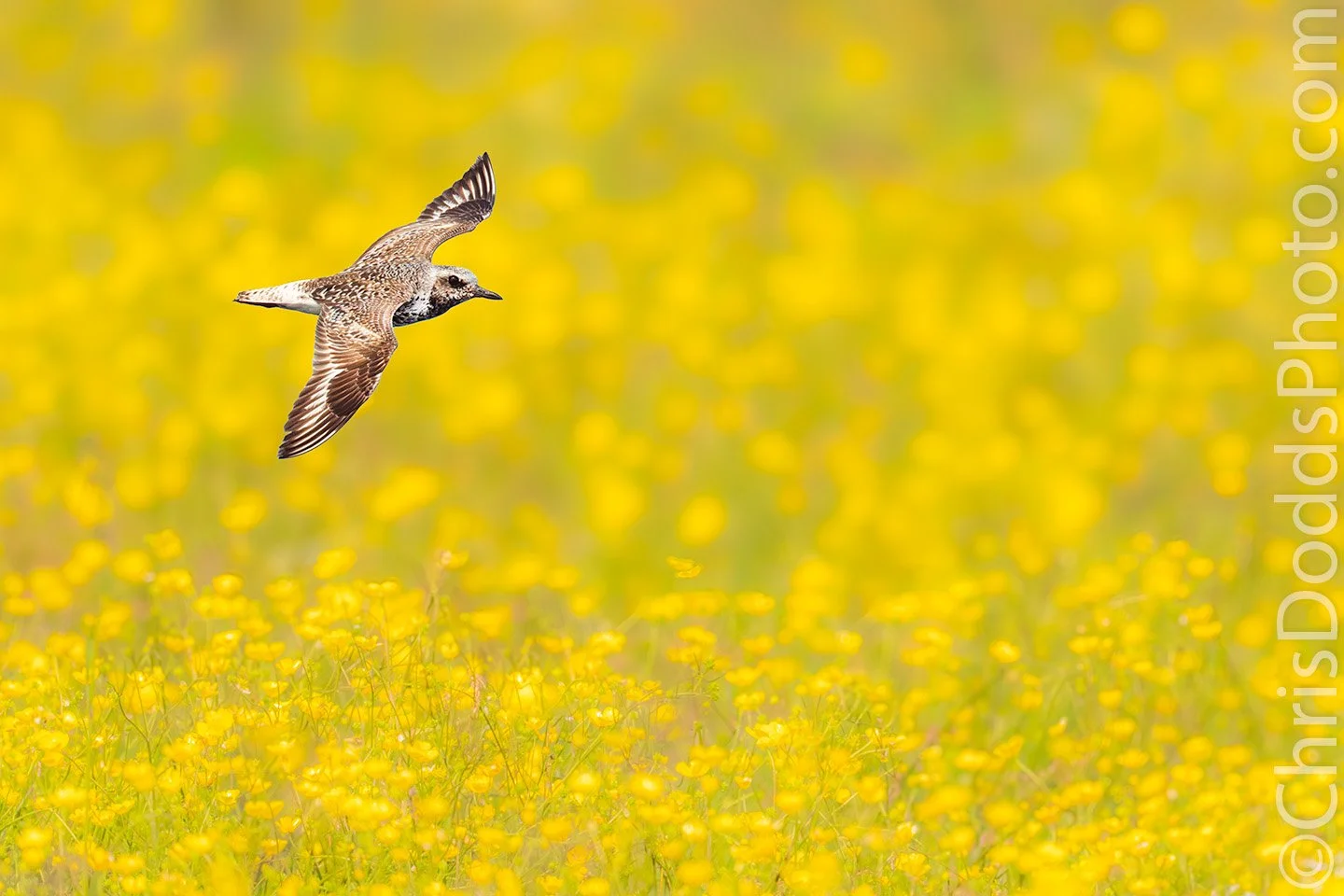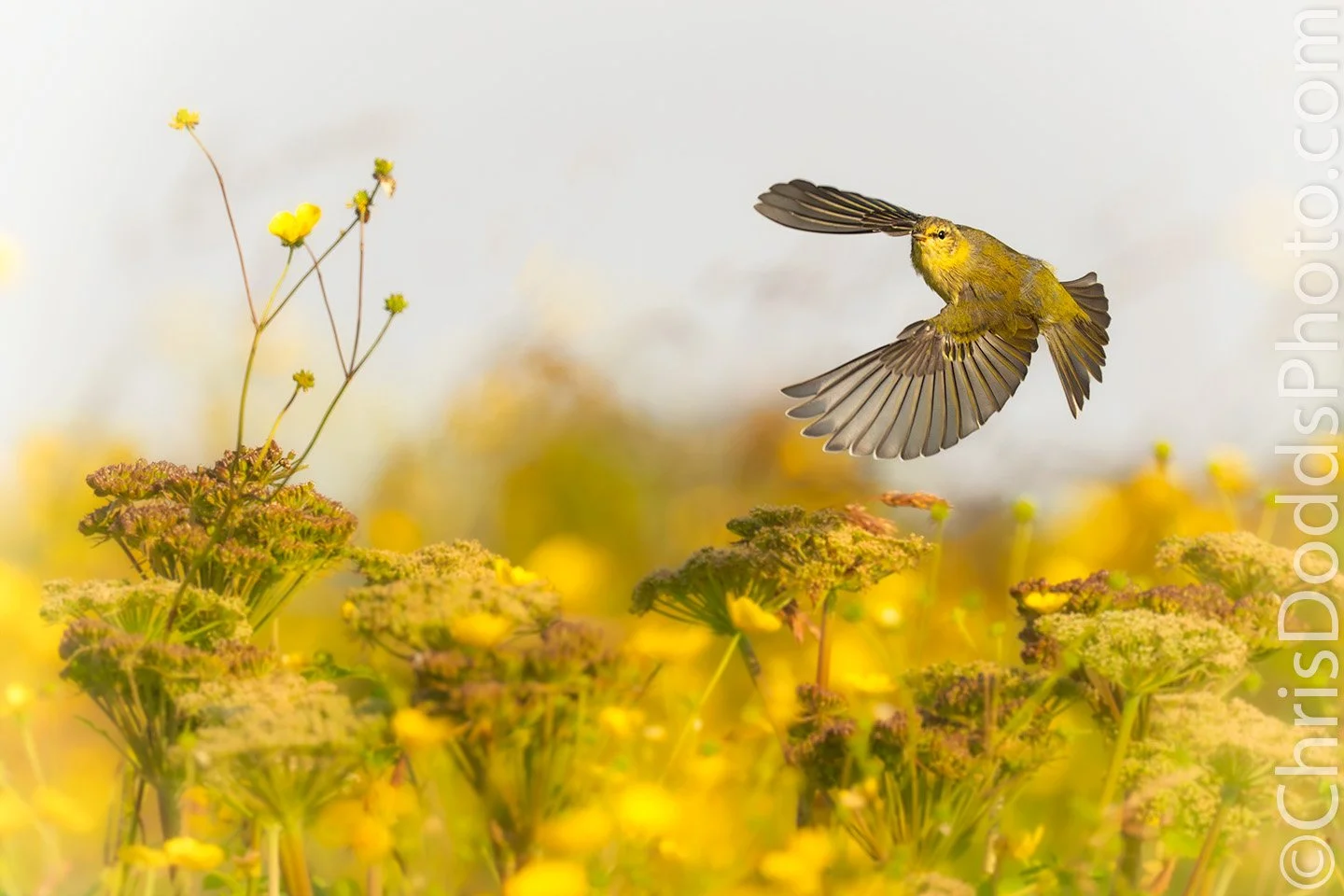I had a little bird
Its name was Enza
Opened the door
And In-Flew-Enza
My dad was born just before the devastating Spanish Flu pandemic of 1918 that killed more than 50 million people worldwide. Growing up he must have heard that nursery rhyme as he often recited it to me and my sisters whenever we were sick—no matter what the cause—during the 1950s. It seemed to us that every ailment was attributed to influenza in those days. I doubt that he—nor indeed the author of that nursery rhyme in the 1800s—knew that human influenza probably came to us from birds, and that the domestication of birds probably influenced the spread and pathogenicity of avian flu.
Bird flu is all in the news these days. Just last week the United States reported the first human death attributed to it and about 500 deaths have so far been reported worldwide. Again in the United States—where reports are readily available—more than 20 million egg-laying chickens have died from the flu and possibly many more than 300 million worldwide. And some species of wild birds have suffered potentially catastrophic losses of breeding adults from the current outbreak of the avian flu variant (H5N1) that began in 2020.
In 1878, Edoardo Perroncito [1847-1936], an Italian parasitologist, was the first to describe the disease that we now call avian influenza. He was studying the causes of high mortality in domestic chickens and described various symptoms and pathologies now known to be due to avian influenza. He did not then know about viruses as they were not ‘discovered’ until 1898 by Dimitri Ivanovsky and Martinus Willem Beijerinck. In 1880, Sebastiano Rivolta and Pietro Delprato showed that the disease described by Perroncito could be distinguished from fowl cholera by its clinical and pathological properties and they called it Typhus exudatious gallinarum. In 1901 the virus was finally isolated by filtration (Lupiani & Reddi 2009).
Contagious diseases in domestic fowl were called ‘fowl plague’ as early as 1830 but this term was reserved for avian flu by the early 1900s to distinguish it from avian cholera and other diseases. Then by 1981 the virus had been identified as type A influenza, and the disease was officially renamed as Highly Pathogenic Avian Influenza (HPAI) or ‘avian influenza’ .
The current pandemic of HPAI is caused by the H5N1 variant of the virus, and was first identified in 1996 in some domestic geese in China. In the following year, there were several outbreaks in China, with almost 1000 infections in humans, half of whom died. It was not widely detected again until 2003 when there were reports of significant outbreaks in domestic fowl across Asia, eventually spreading via migratory waterfowl to the Middle East, Europe, and Africa.
Viruses evolve. By 2021, the clade 2.3.4b variant of H5N1 was detected in wild birds worldwide. The devastation of some populations of chickens, waterfowl, and seabirds had begun. That virus is now endemic in Asian birds, meaning that it is here to stay and will likely see periodic outbreaks and pandemics. The situation is ripe for movement into human populations where its effects could be disastrous until vaccines are developed and widely applied.
Although almost all instances of HPAI have occurred in bird species in the closely related (sister) orders Galliformes (land fowl) and Anseriformes (waterfowl), it has also been detected and catastrophic in a few other species of waterbirds (waders and seabirds). In the North Atlantic, seabirds probably brought the virus from Europe to the Americas (Erdelyan et al. 2024), and some of their populations have been severely impacted. By 2022, high mortality rates due to H5N1 were recorded in UK populations of Northern Gannets, Common Gillemots and Great Skuas, as well as Roseate, Sandwich, Arctic and Common Terns (Tremett et al. 2025).
H5N1 has so far been detected in about 75% of the 53 Northern Gannet breeding colonies worldwide (all in the North Atlantic), causing high levels of mortality. At the world’s largest colony, at Bass Rock in the Firth of Forth, with more than 75,000 breeding pairs, about one third of the usual breeding sites were occupied in 2022 (Lane et al. 2023). Even when those pairs did attempt to breed, fledging success dropped to about 25% of what it had been before the outbreak. Not all infected birds died. Curiously, most of the birds that survived the infection now had black irises, a useful diagnostic tool though the underlying reason is as yet unknown.
At Skomer Island, in the Irish Sea off the Pembrokeshire coast, the resighting rate of ringed (banded) adults was about 25% between 2023 and 2024 than in previous years (Birkhead and Hatchwell 2025) reflecting the substantial mortality due to avian flu. As a consequence, a higher proportion of breeding birds in 2024 were first-time breeders, though their reproductive success was relatively low.
In both gannets and guillemots, some of the breeding sites vacated when the breeders died of bird flu were occupied by younger birds that would not normally have bred. This sort of compensatory recruitment was envisioned by David Lack (1966) in his classic Population Studies of Birds, but that idea has rarely, if ever, been previously supported (or even studied) in birds. Lack postulated that such recruitment might buffer populations against catastrophic declines, allowing faster recovery. It remains to be seen how such recruitment influences both the ecologies and behaviours of gannets and guillemots.
It is tempting to see a bit of a silver lining in the recent outbreak of bird flu, despite the devastation. Certainly, as in the recent COVID pandemic, more attention needs to be paid to the protection of domesticated fowl from communicable diseases. With about 33 billion chickens worldwide, the potential for both transmission, viral evolution, and catastrophic outbreaks is alarming. Further outbreaks like the one we are now in the midst of will undoubtedly have consequences for wild birds as well as the global food supplies and economies. The current outbreak also provides us with an unprecedented opportunity to learn about the ways that bird populations respond to catastrophic declines through mechanisms like compensatory recruitment. And we might even learn something about the adaptive significance of beautiful blue-grey eyes.


